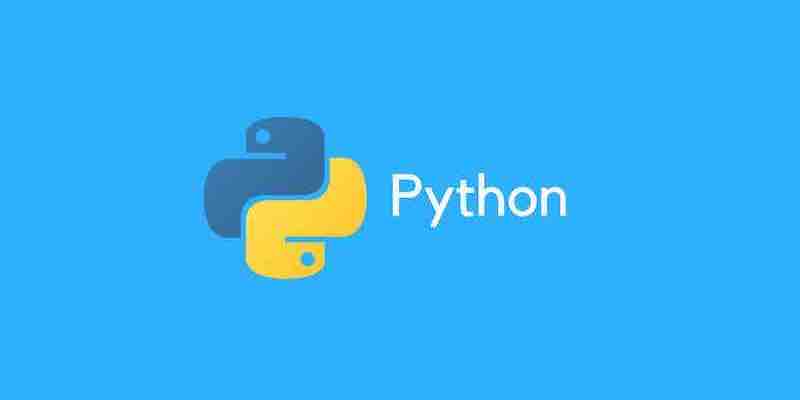GitHub – google/yapf: A formatter for Python files

YAPF (Yet Another Python Formatter) is a Python code formatter developed by Google. It’s designed to automatically format Python code to conform to a specified style guide. The primary goal of YAPF is to produce code that looks as if a human wrote it while strictly adhering to the style guide. Here’s a brief overview:
- Introduction: YAPF is inspired by clang-format and aims to automate the process of formatting Python code. The ultimate objective is to generate code that aligns with a style guide as if a programmer manually formatted it. It’s worth noting that YAPF is not an official Google product.
- Installation: YAPF can be installed from PyPI using the command
pip install yapf. Although it’s still in the “beta” stage, users can keep up-to-date with the latest developments by cloning the GitHub repository. - Usage: YAPF can be integrated into various editors through community extensions or plugins. It supports Python versions 3.7 and above. The tool offers a range of options, such as in-place file modifications, displaying diffs, and more.
- Configuration: The formatting style used by YAPF is highly customizable. Users can specify a predefined style (e.g., pep8 or google) or provide a configuration file with desired settings. YAPF will search for the formatting style in a specific order, including command line specifications, local configuration files, and default settings.
- Examples: The documentation provides examples of how YAPF reformats code, showcasing the transformation of poorly formatted code into cleaner, more readable code.
- APIs: YAPF offers APIs like
FormatCodeandFormatFilefor programmatic access. These APIs allow users to reformat strings of code or entire files, respectively. - Unsupported Features: There are certain Python features that YAPF currently does not support, such as specific aspects of Python 3.12.
- Customization: YAPF provides numerous “knobs” or settings that users can adjust to influence how the code is formatted. These include settings related to indentation, line splitting, spacing, and more.
Thought-Provoking Questions/Insights:
- Adoption in Projects: How can integrating tools like YAPF in CI/CD pipelines ensure consistent code formatting across large projects?
- Comparison with Other Formatters: How does YAPF compare to other popular Python formatters like Black in terms of customization and output?
- Impact on Code Reviews: Can automated formatters like YAPF reduce the time spent on code reviews by eliminating discussions about code style?
Adoption in Projects: Ensuring Consistent Code Formatting with YAPF in CI/CD Pipelines
In large projects with multiple contributors, maintaining a consistent code style can be challenging. Discrepancies in formatting can lead to merge conflicts, reduce code readability, and make code reviews more tedious. Here’s how integrating tools like YAPF in CI/CD pipelines can address these challenges:
- Automated Formatting Checks: By adding YAPF as a step in the CI/CD pipeline, code can be automatically checked for formatting discrepancies before it’s merged. If the code doesn’t adhere to the project’s style guide, the pipeline can flag it, ensuring only well-formatted code gets merged.
- Immediate Feedback: Developers receive immediate feedback if their code doesn’t conform to the style guide. This prompt response encourages developers to fix formatting issues promptly, ensuring that the main codebase remains consistently formatted.
- Reduced Merge Conflicts: Consistent formatting reduces the likelihood of merge conflicts arising from stylistic differences, making the integration process smoother.
- Standardization Across the Board: With an automated tool like YAPF, every piece of code is formatted according to a single, consistent style guide, eliminating individual variations in style.
Comparison with Other Formatters: YAPF vs. Black
- Customization: One of YAPF’s standout features is its high degree of customization. While Black adopts a “one true way” philosophy with minimal configuration options, YAPF provides numerous “knobs” that users can adjust to influence how the code is formatted. This makes YAPF more adaptable to projects with specific formatting requirements.
- Output: Due to its customization options, YAPF might produce different outputs for the same piece of code based on the configuration used. In contrast, Black aims for a consistent output regardless of the input, as long as it’s valid Python code.
- Philosophy: Black’s philosophy is to reduce bikeshedding (unnecessary debate over minor issues) by providing a single style. YAPF, on the other hand, aims to format code as if it were written by a human, adhering to a specified style guide but allowing for customization.
Impact on Code Reviews: Streamlining with YAPF
- Focus on Logic, Not Style: With automated formatters like YAPF, code reviews can focus on the logic, functionality, and architecture of the code rather than its style. This shift in focus can lead to more meaningful feedback and a deeper understanding of the code’s intent.
- Reduced Review Time: By eliminating discussions about code style, reviewers can spend less time on trivial matters and more time on critical issues, leading to faster and more efficient code reviews.
- Elimination of Subjectivity: Code style can be subjective, and what one developer finds readable, another might not. By standardizing the formatting, YAPF removes this subjectivity, leading to fewer disagreements during code reviews.
In conclusion, tools like YAPF play a crucial role in modern software development by ensuring consistent code formatting, reducing the overhead of code reviews, and allowing developers to focus on what truly matters: writing high-quality, functional code.